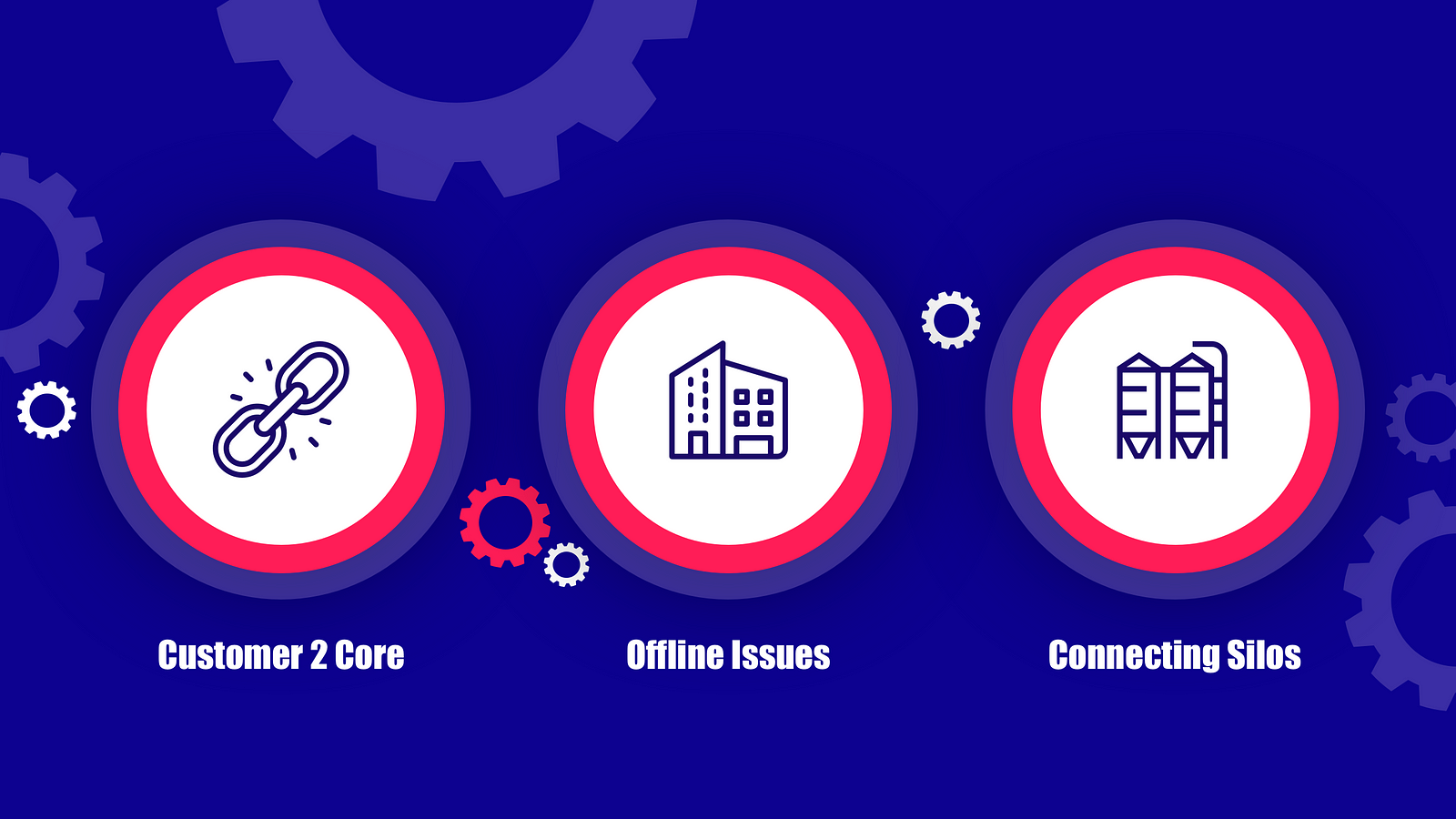This is where Service Designers come into their element…
Customer service is arguably one of the most important things for a business to get right.
CX Central reckons there’s about $122 Billion dollars walking out of one business and into the next because the customer didn’t like the way they were treated.
But what is it that makes so many customer vote with their feet?
It’s usually a mix of confusing automated self-service, long wait times, lagging technology, or unseasoned staff.
But if you’re in a company with low NPS or CSAT, or you know there’s high Churn and Bounce Rate… it can be hard to know exactly where you’re going wrong, or what to do about it.
And sure, UX Designers can solve a lot of customer centric problems — but there are some issues that need a different tool kit.
Disclaimer: this is not a complete list nor do I intend to place people in buckets — there’s a lot of crossover between UX, CX, and SD. I hope it catalyses greater curiosity among designers and helps business leaders see Customer to Core connection that Service Designers help with.
So, with the disclaimer out the way, here are 3 common customer problems UX designers struggle to solve, and how a Service Design approach can add a different kind of business value.

01 | Spelling out the Customer to Core connection
UX Designers can struggle to map the customer to core connection.
“What is the Customer to Core connection?” you might ask.
It’s the role that each person, process, or technology system within your organisation plays in providing a service to a customer, at a moment in time when they interact with you.
For example, buying a train ticket online — everything involved in that step. From the website to the way the business handles its finances.
E v e r y t h i n g!
So that’s the Customer to Core connection.
UX Designers struggle to map out the interconnectedness because they just don’t deal with all of those variables across different parts of the business at the same time.
That’s where Service Designers come into their element!
Service Designers understand the before, during, and after of an experience — and know how all of the different parts of an organisation work together to bring that to life.
And customers — especially modern ones — expect seamless experiences.
So understanding the before, during, and after means that, for example: when customers begin their online journey but get stuck halfway and call up for a handhold, they don’t expect to start the whole journey again. They want it all connected.
Service Designers can really help you join those dots.

02 | Solving the offline problems
UX Designers can struggle to solve the offline problems.
The term User Experience Designer suggests that UX’ers design entire experiences — but in reality our work is mainly constrained to the product level, so we can find it difficult to extend our influence beyond that…
For example, a company may have a sub-optimal UX flow on their website, but the bigger problem might be something else. For example: “the pushy sales people keep calling me up while I’m still trying to decide if I want to buy the product or not” — see how the problem is more of an offline problem? Service Designers can be in a better position to solve these types of issues.
This is because they assess the full end-to-end experience and remain platform agnostic during the discovery phase.
There’s a great saying that goes “to the man with a hammer, every problem looks like a nail”.
If UX Designers have a hammer (focussing on products or touch-points), Service Designers show up with the entire toolkit!

03 | Driving disconnected teams toward solving user pains
UX Designers can struggle to move multiple teams toward a common customer centric vision.
But when Service Designers approach customer pains in a platform agnostic way, and look at those painful interactions in the context of all the other moving part of a business in that moment of time, you uncover get a moment of truth — something for everyone to work towards.
These vertical slices are called Service Blueprints — and they help align all of the different departments to a single customer touchpoint — tying it all together — showing everybody how they contribute to customer satisfaction at a specific moment in time.
And that’s just the start — there are a host of other metrics that improve immediately when teams are working in tandem, but I’ll save that for another post.

Conclusion
In an ideal world, customer centricity should be embedded within the organisation, and all teams (especially UX and Service Designers) should work closely together to bring a strategic customer-centric strategy to life.
Creating a strategic Service Blueprint and connecting the Customer to the Core is great way to help all of the internal teams see the direct impact they have on customer satisfaction.
But creating a Service Blueprint alone is not enough —even the best strategies can get diluted down and misinterpreted if they aren’t carefully handed over to the UX team that is going to carry them forward into the detailed design and implementation phase.
And that’s when a truly end-to-end team can really offer that exponential value and avoid the loss of knowledge that happens all too often in handovers between strategy and detailed design and build projects.
